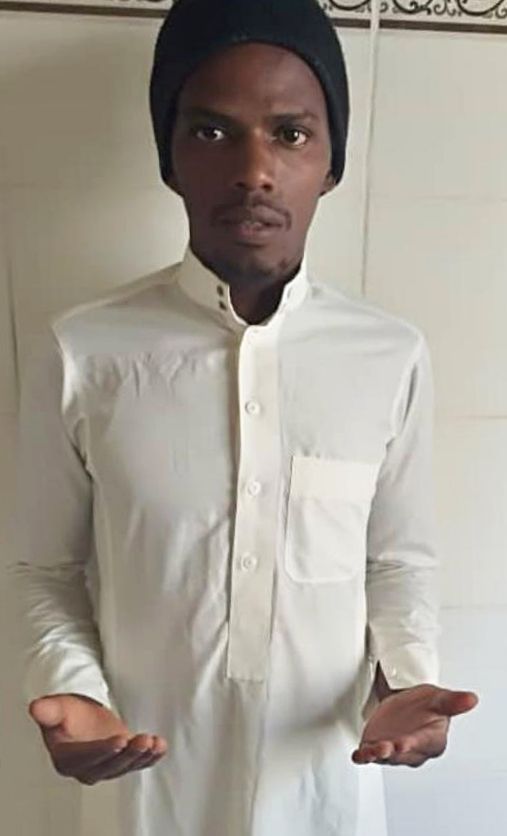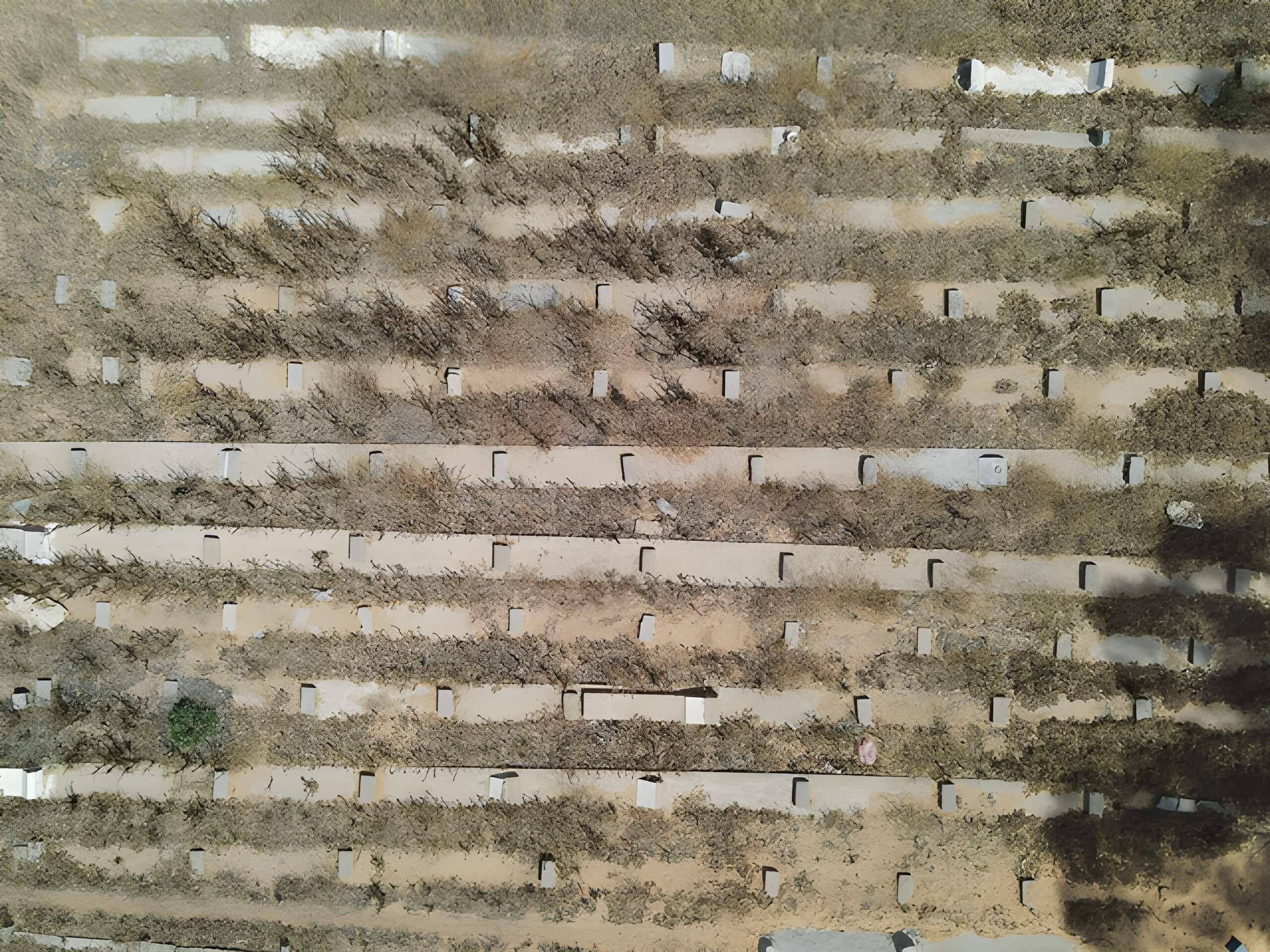We began our reporting with almost nothing: just a report of a young unnamed African killed at a migrant prison called Al Mabani in Libya’s capital city. The initial reports even had the migrant’s age wrong. Luckily, we were given the name of a migrant who had witnessed the killing. He was there when the guards fired into a cellblock of detainees, and he’d given an account to the aid agency that had responded to reports of a killing and taken the dead migrant to the morgue.
Next we met the witness in a series of secretive encounters—first on the nighttime streets of Tripoli, then in his makeshift home in Tripoli’s migrant slum, then holed up in our guarded hotel. At last, we had the dead migrant’s name: Aliou Candé from Guinea-Bissau.
We soon found a news account indicating Candé’s body had been claimed at a Tripoli morgue by a community leader who worked with migrants from Guinea-Bissau. We needed to find him, and we did, turning up a phone number. It proved a giant breakthrough. Within hours, the community leader was at our hotel and had brought with him Candé’s uncle, who, it turned out, had lived in Tripoli for years. He had warned Candé not to try and make his way to Europe. The Mediterranean was “the route of death,” he had told his nephew.
Incredibly, the community leader and the uncle had reporting gold—the police paperwork dealing with Candé’s death. The records reflected next to no meaningful investigation. It had no name for Candé, and said he had been killed in a fight, not shot dead by a guard. They also had something else that was powerful: a video of Candé’s dead body shrouded in white at the morgue, his face visible.
Critically, Candé’s uncle had contacts for Candé’s family back in Guinea-Bissau, and we were able to begin to put together a portrait of the latest casualty in Libya’s efforts to do Europe’s dirty work of capturing migrants before they made it to European shores.
Candé was a 28-year-old farmer and father of three who had fled his failing farm for Europe. We were able to speak with his parents, wife and brothers, who told us the story of his decision to leave with nothing more than a Quran, some T-shirts, a diary and 600 euros.
Fortunately, the family had more than memories, they had vital material for our reporting: phone messages Candé had sent, including his last from inside Al Mabani, asking his family to pay a ransom for his release. It was the plea of a man who would be dead within days.

A critical tip involved the location of the migrant cemetery where Candé had been buried. We were shown a smart phone video of those who attended his burial pouring concrete on the shallow grave. But the cemetery was locked to the public. It felt urgent to see Candé’s final resting place ourselves. So, we managed to launch a drone above the cemetery. The images from the drone were startling—thousands of graves, many unmarked, almost all crude and seemingly hurriedly constructed.
The number of dead buried there had exploded during the years of Europe’s aggressive pushback against migration from Africa. We got our drone to sweep across the vast graveyard, and then swoop low: at last, we could see a grave with the name Candé scrawled into the cement.
